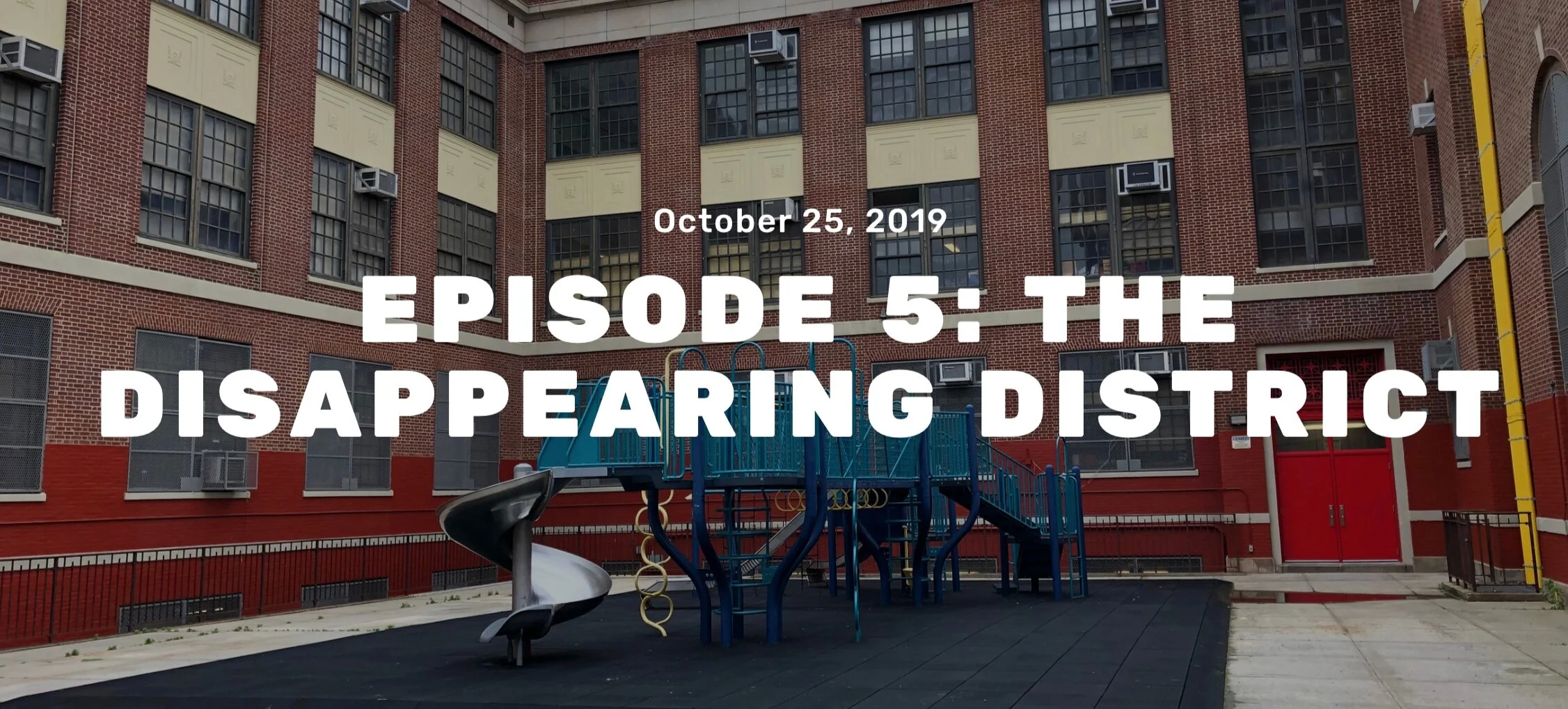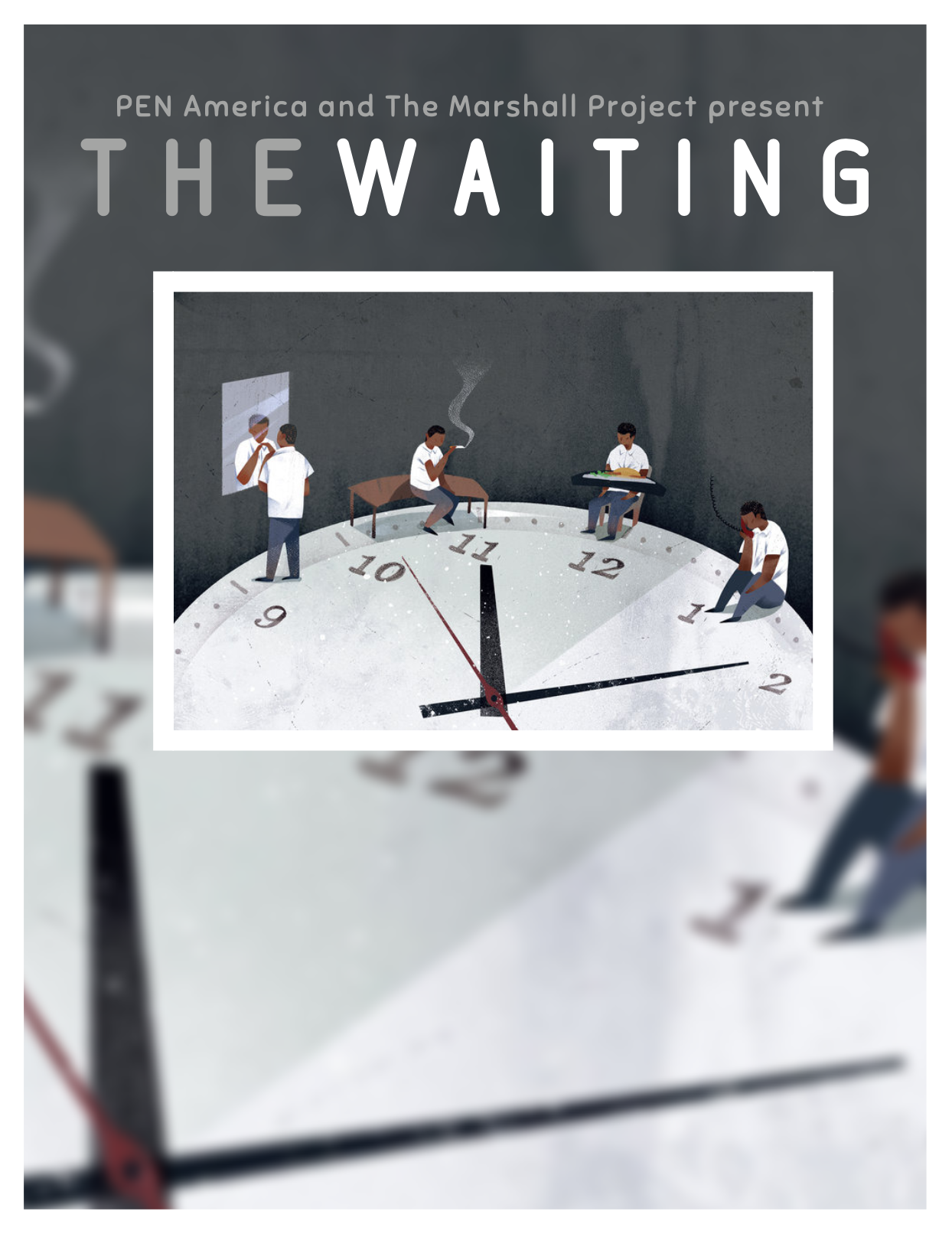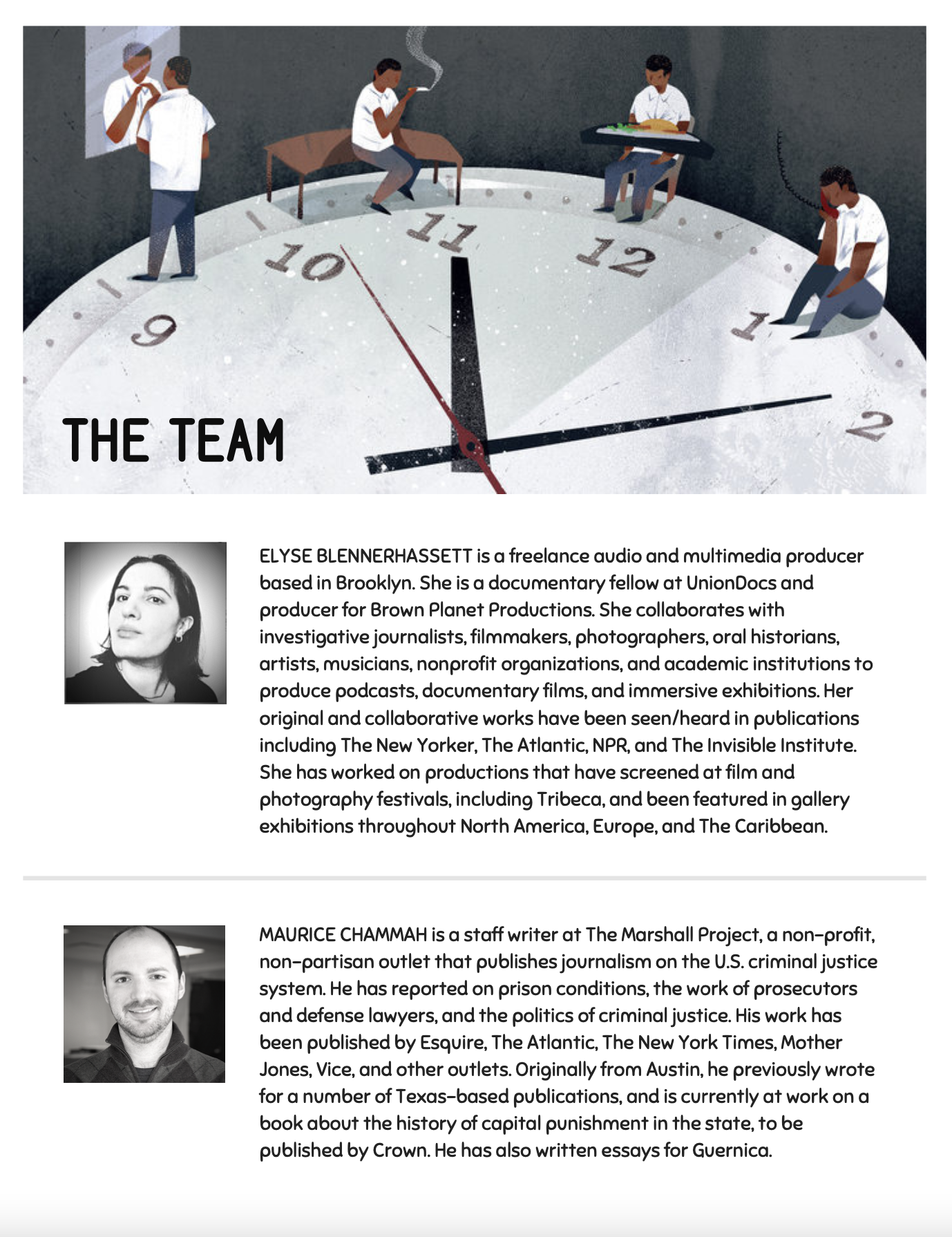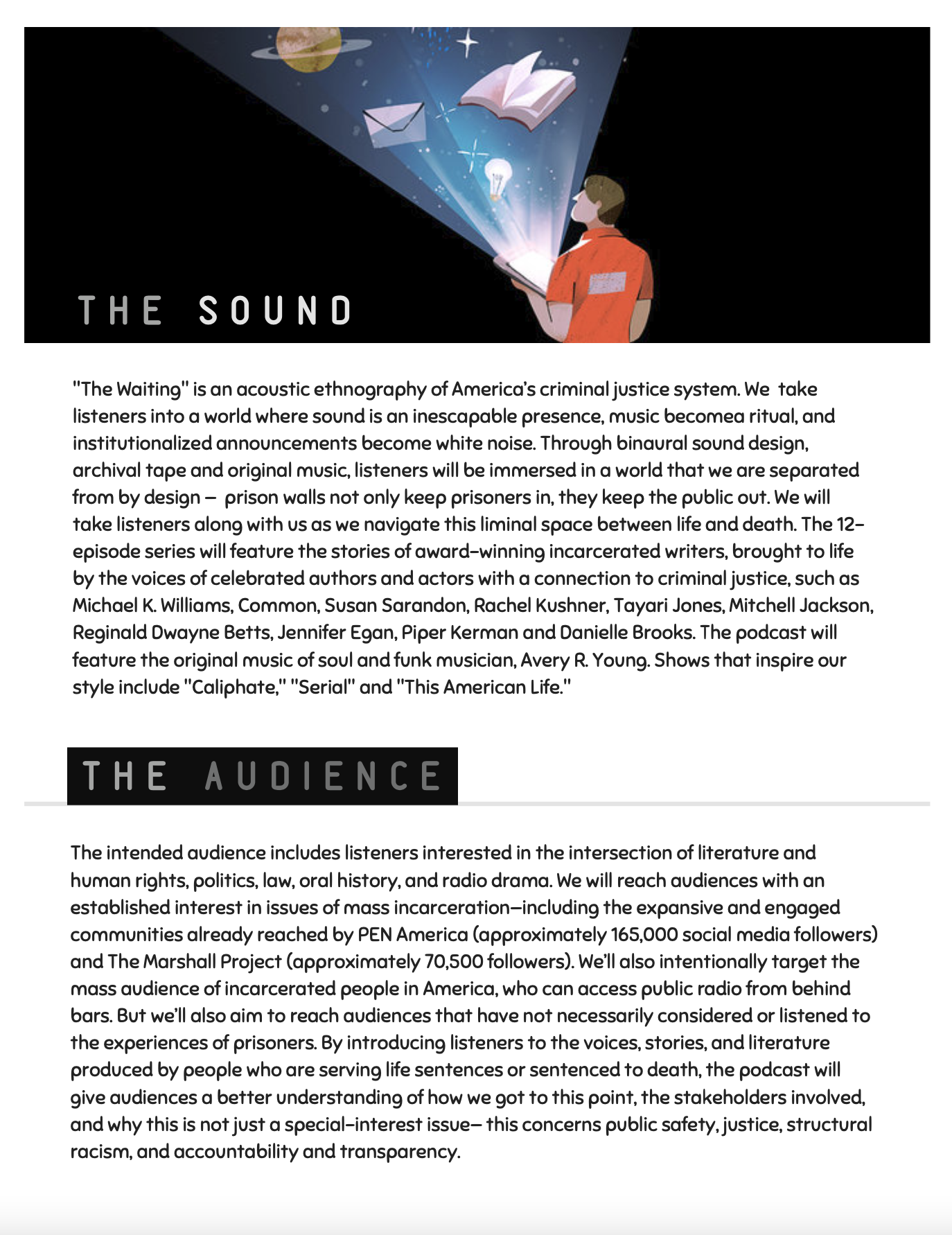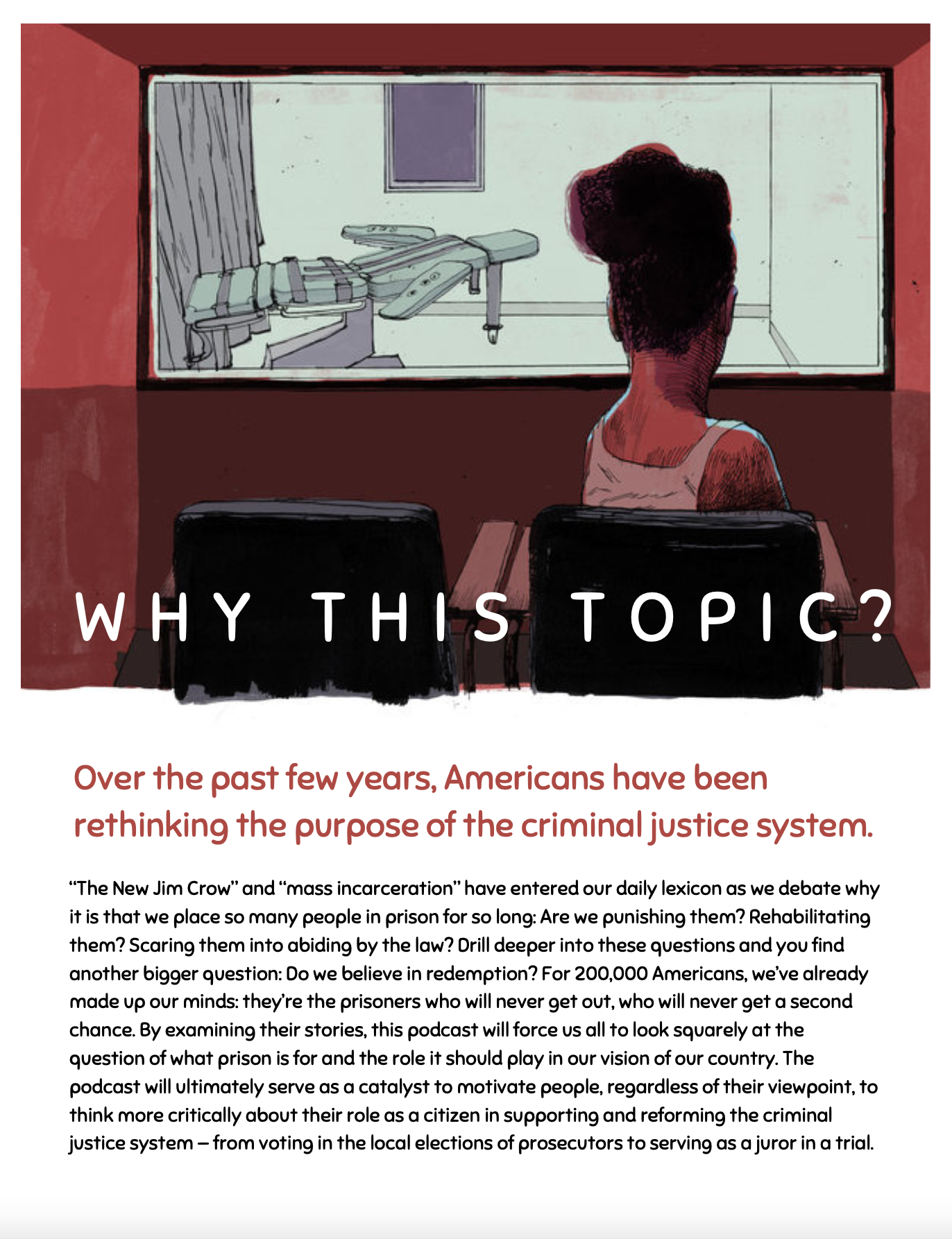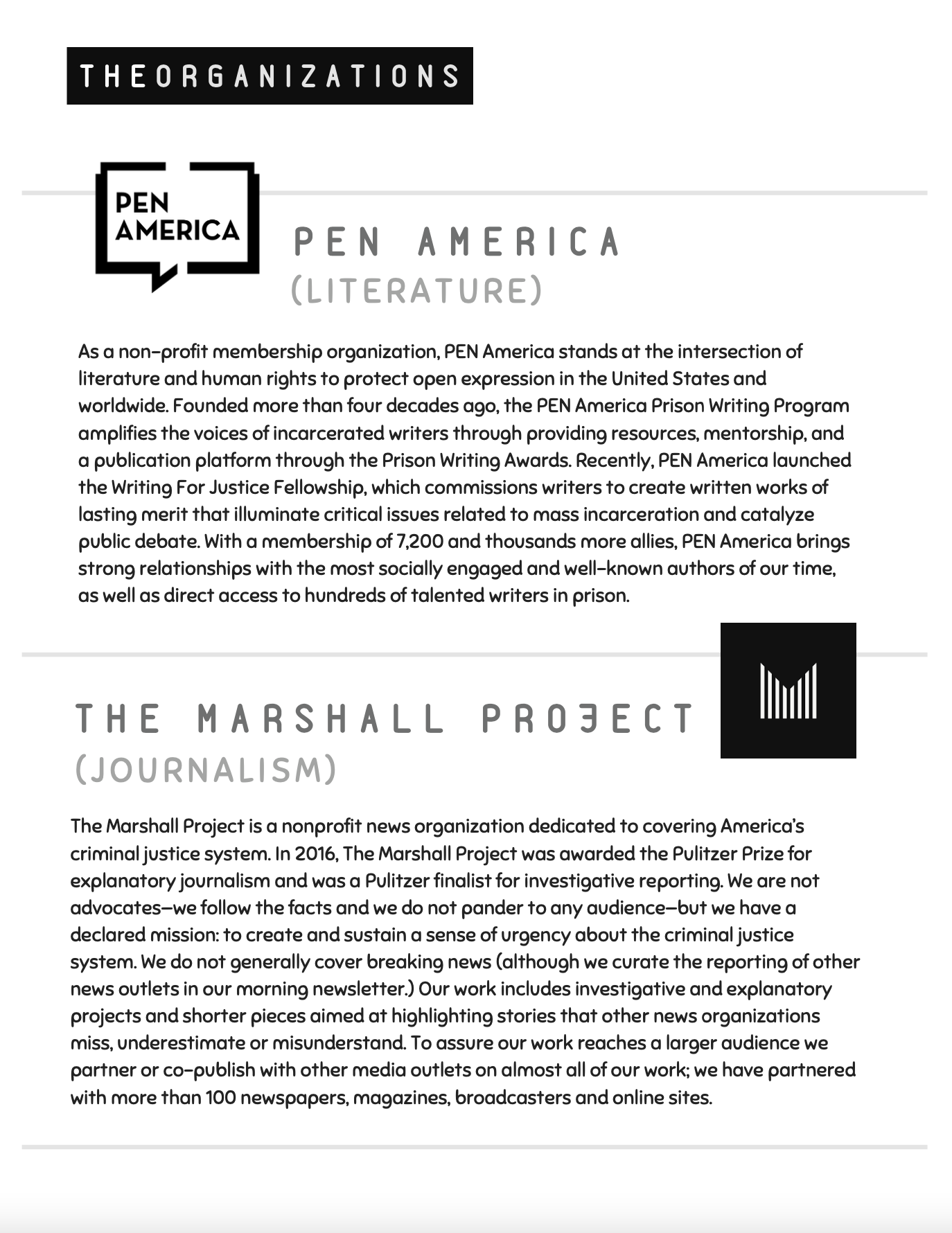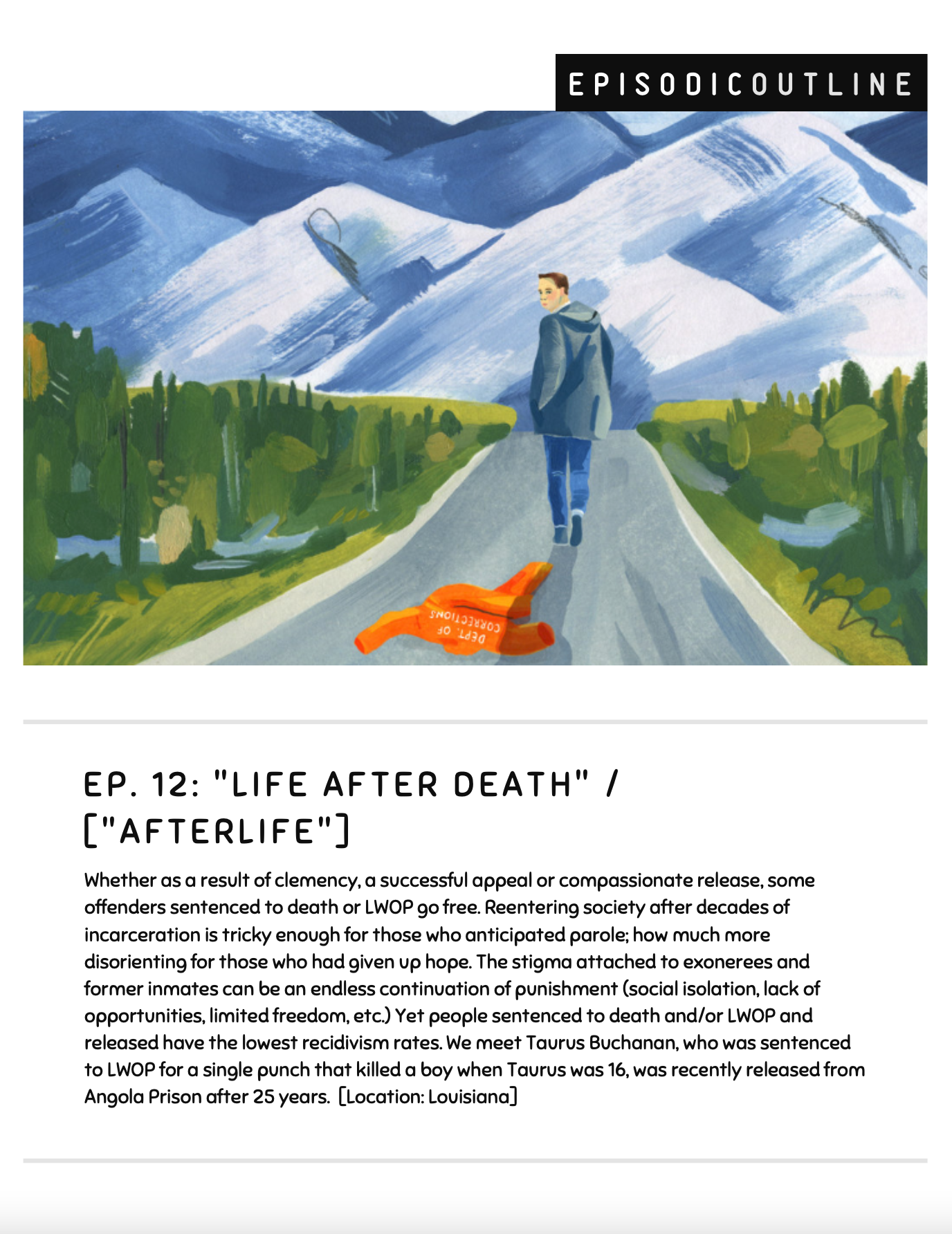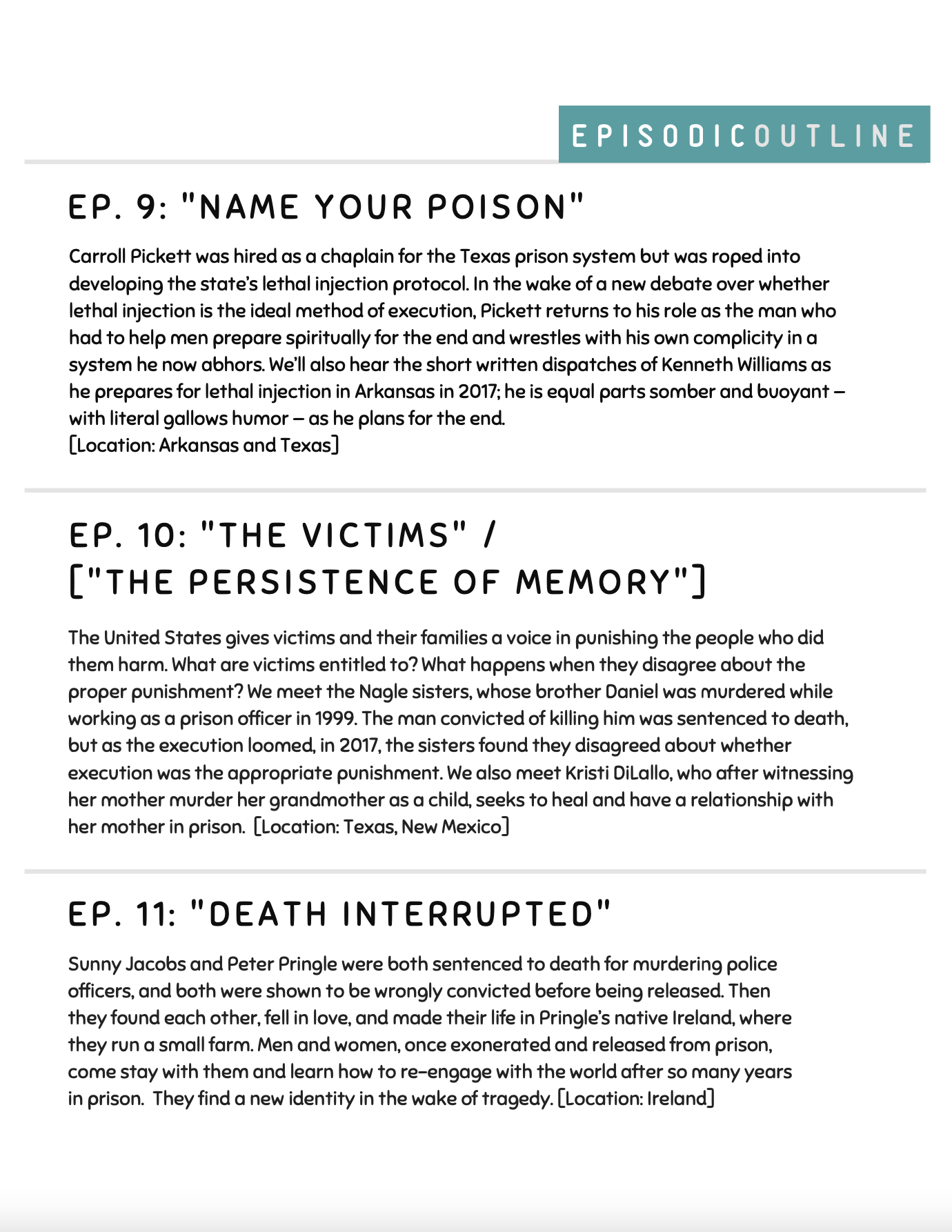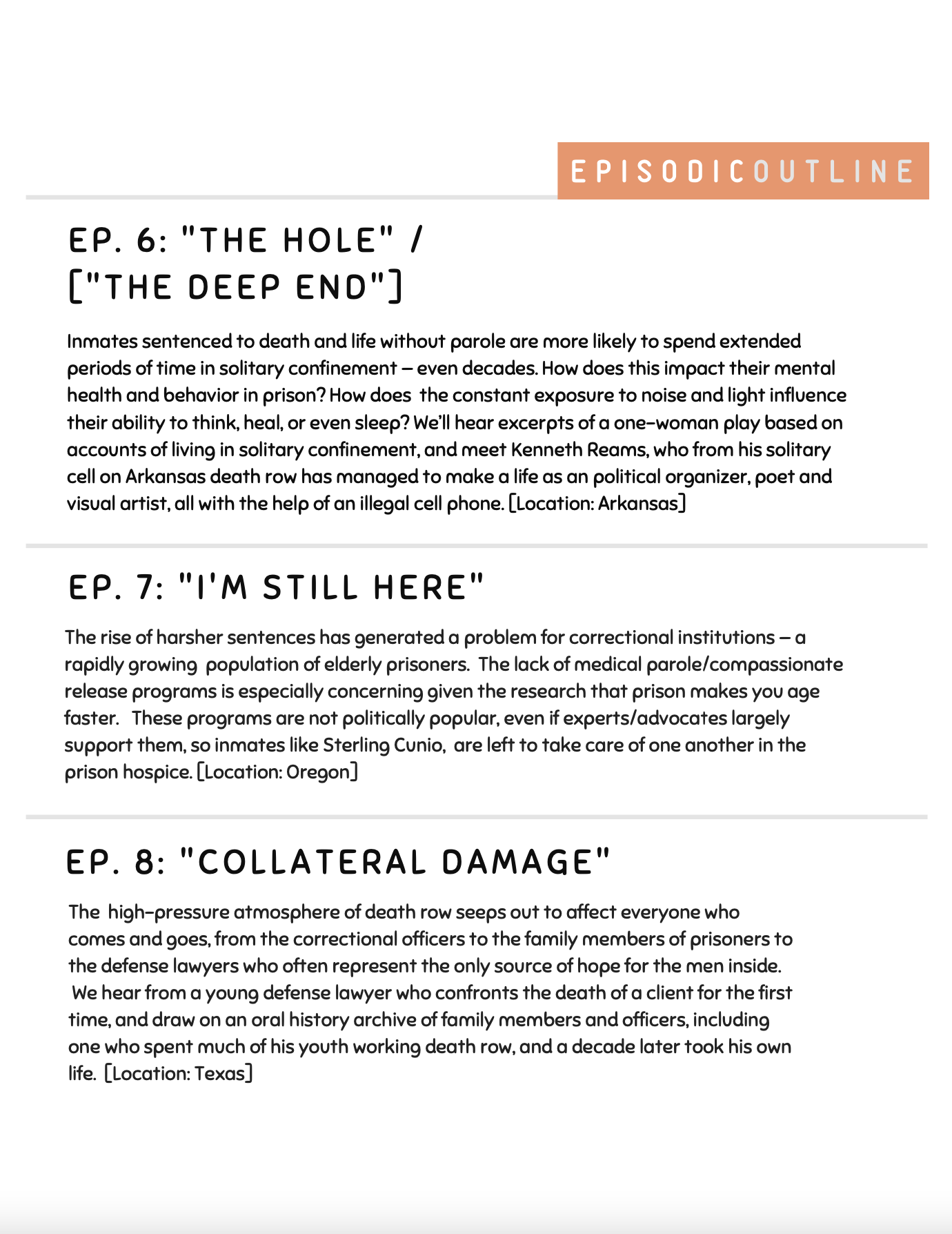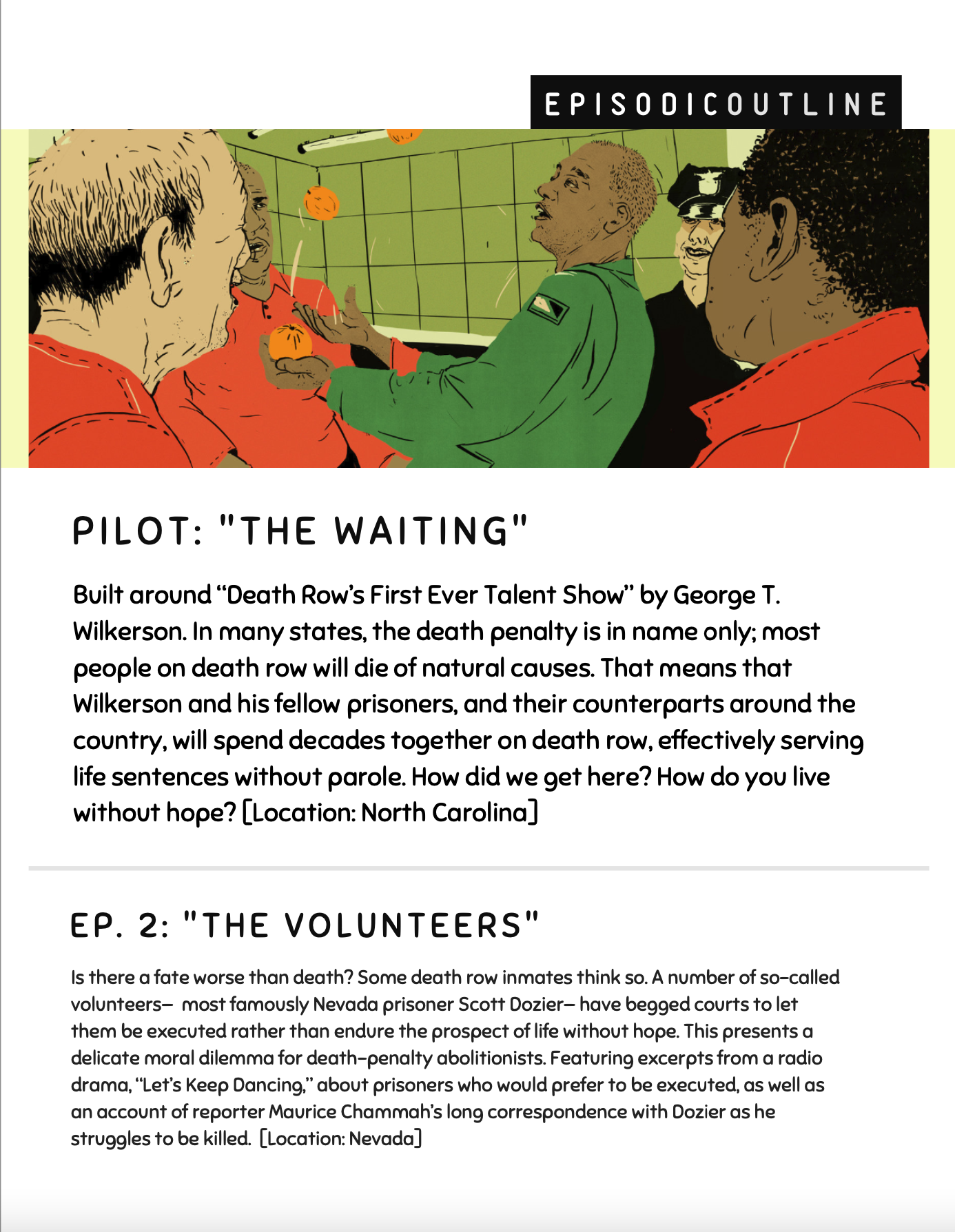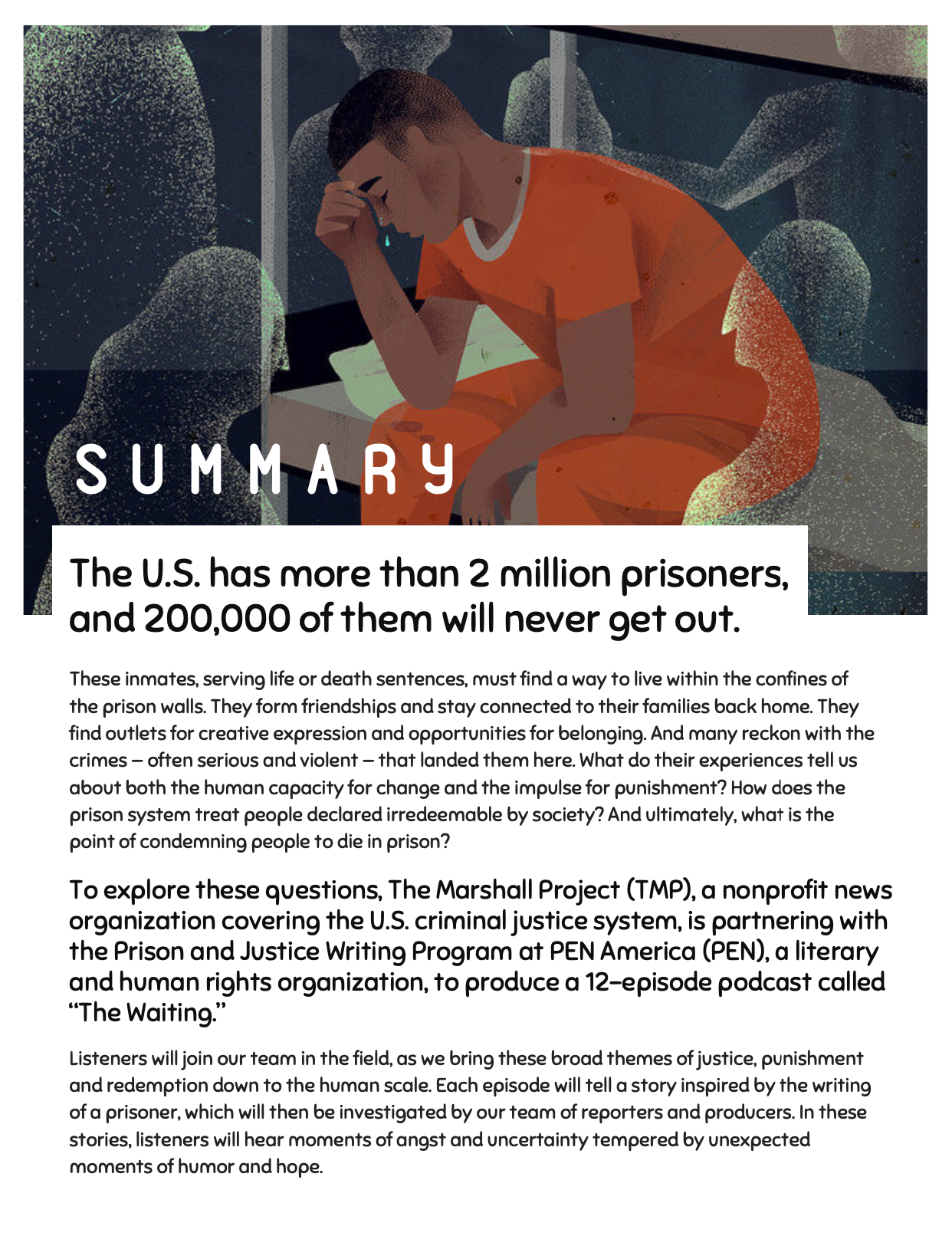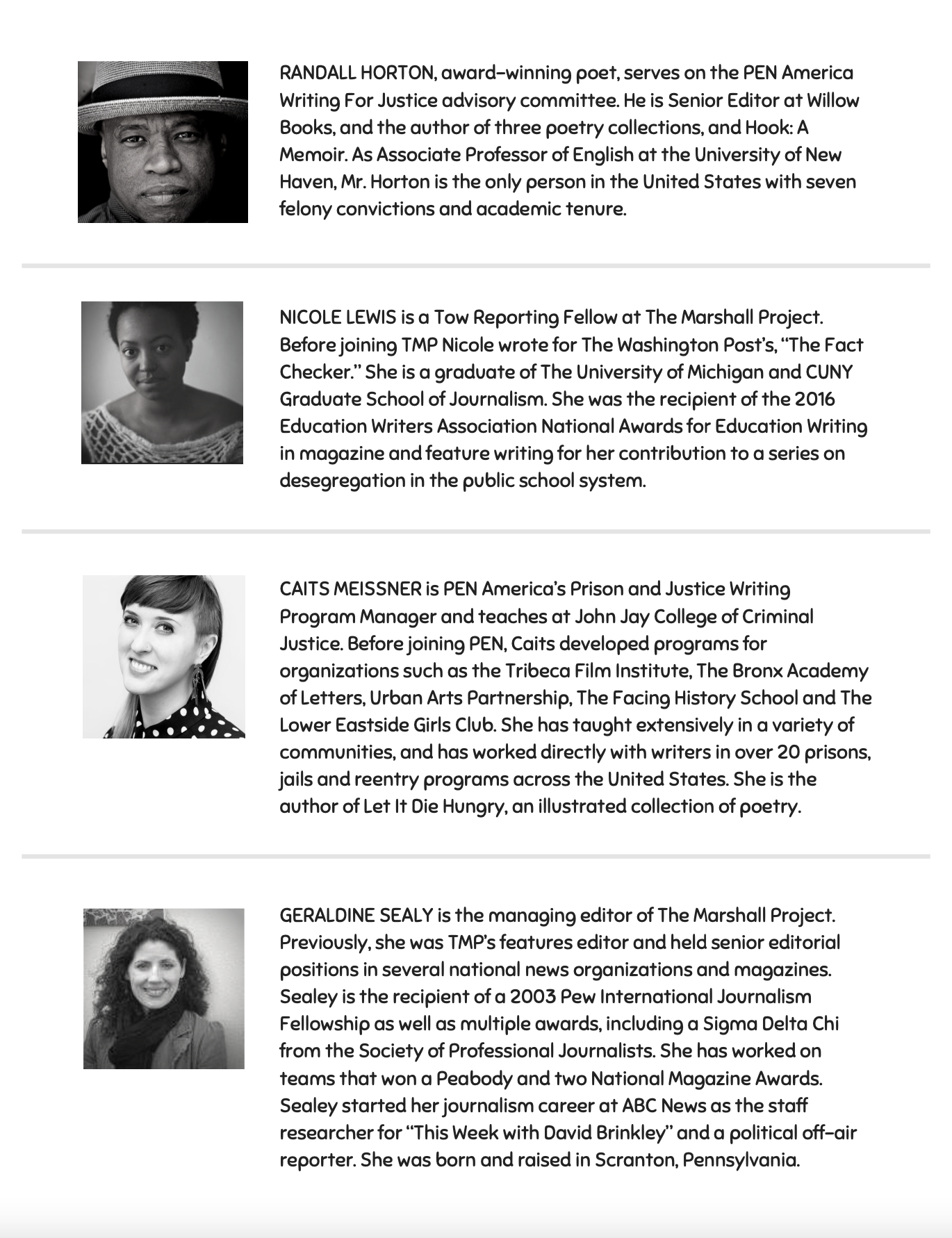RADIO
BBC World Service: Detours Series
Imran Is Stateless | Role: narrator, co-producer, sound designer, composer
PODCASTS
TED: Far Flung with Saleem Reshamwala (2 Seasons)
Role: Producer, Co-Sound Designer | Production Company: Magnificent Noise
Description: Escape with host Saleem Reshamwala as he journeys across the globe in search of the world's most surprising and imaginative ideas. It's not a travel show, exactly. It's a deep dive into the ideas that shape a particular spot on the map, brought to you by local journalists and creators.
Episodes:
Season 1: Bangkok, Lima, The Painted Desert
Season 2: Caracas, Puerto Rico, Winds, Dreamworlds, Istanbul | pitched + assistant produced: Nepal, Barcelona, Chicago
Press: 2021 Adweek’s Best Travel Podcast; Bello Collective’s 100 Outstanding Podcast Episodes From 2020: “An Indigenous Mixtape From Lima, Peru; recommended by The New York Times
S1 EP 7: AN INDIGENOUS MIXTAPE FROM LIMA, PERU
S1 EP 8: SKY SCIENCE IN THE PAINTED DESERT
S2 EP 4: PUERTO RICO IS DECOLONIZING - WITH FOOD
S2 EP 6: ANXIOUS? BLAME THE WINDS!
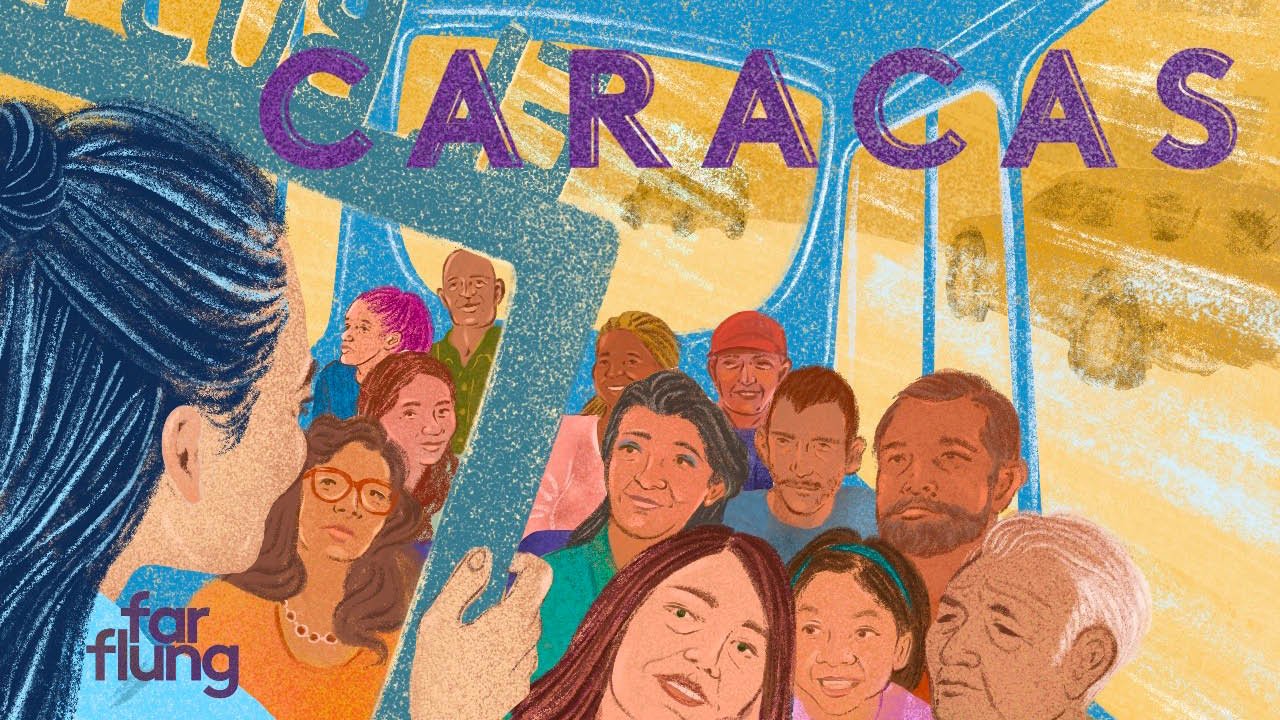
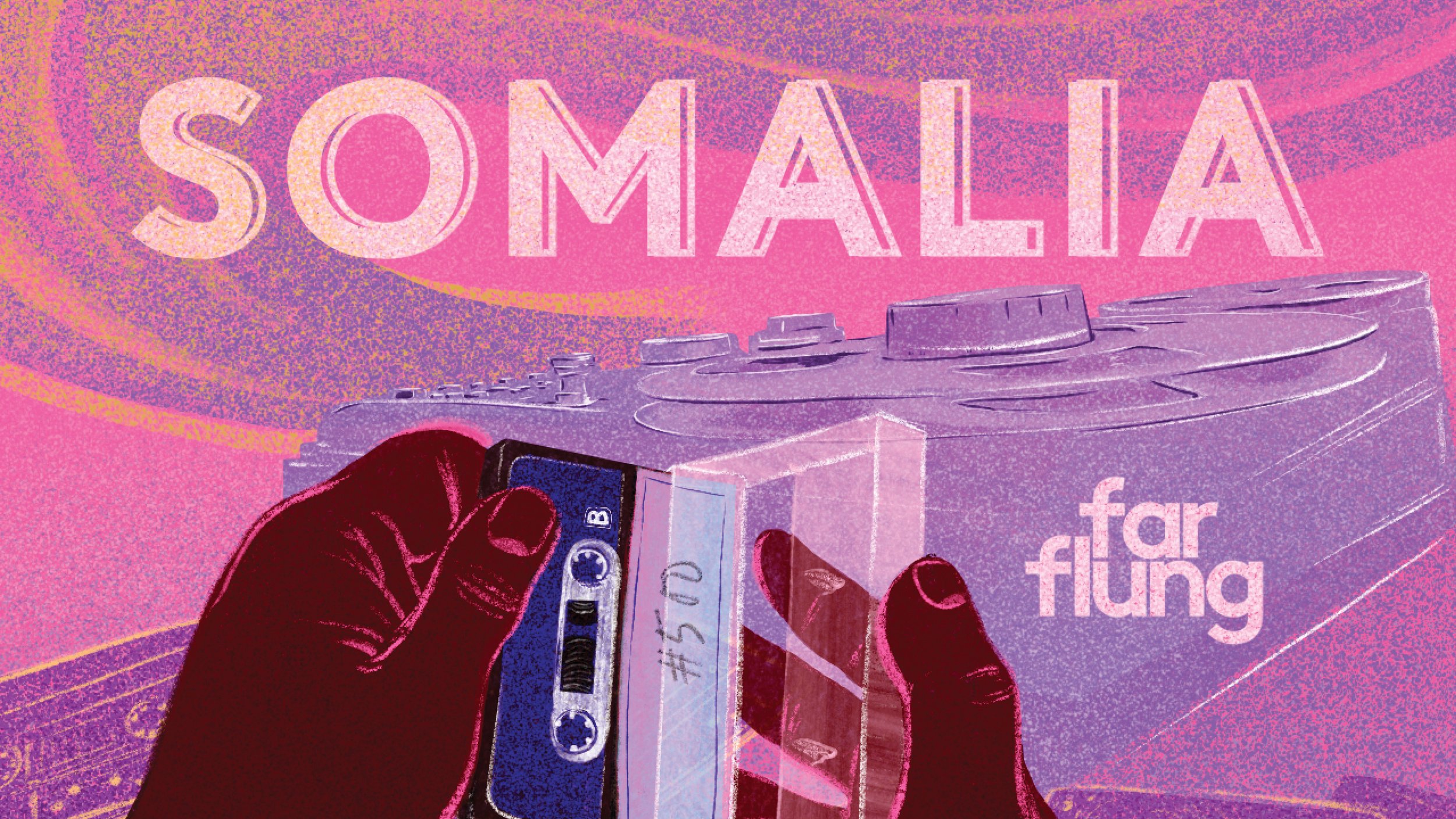

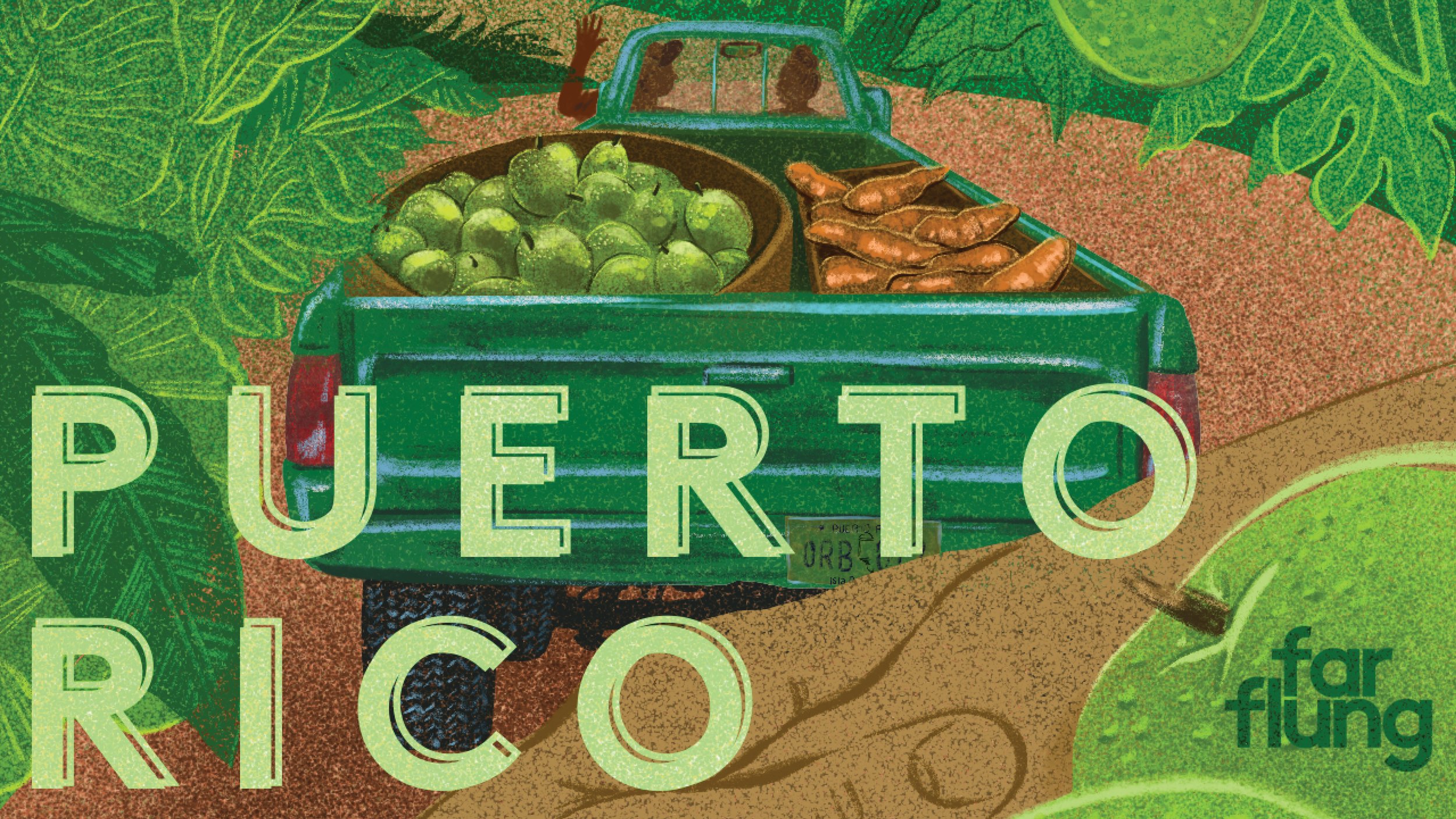
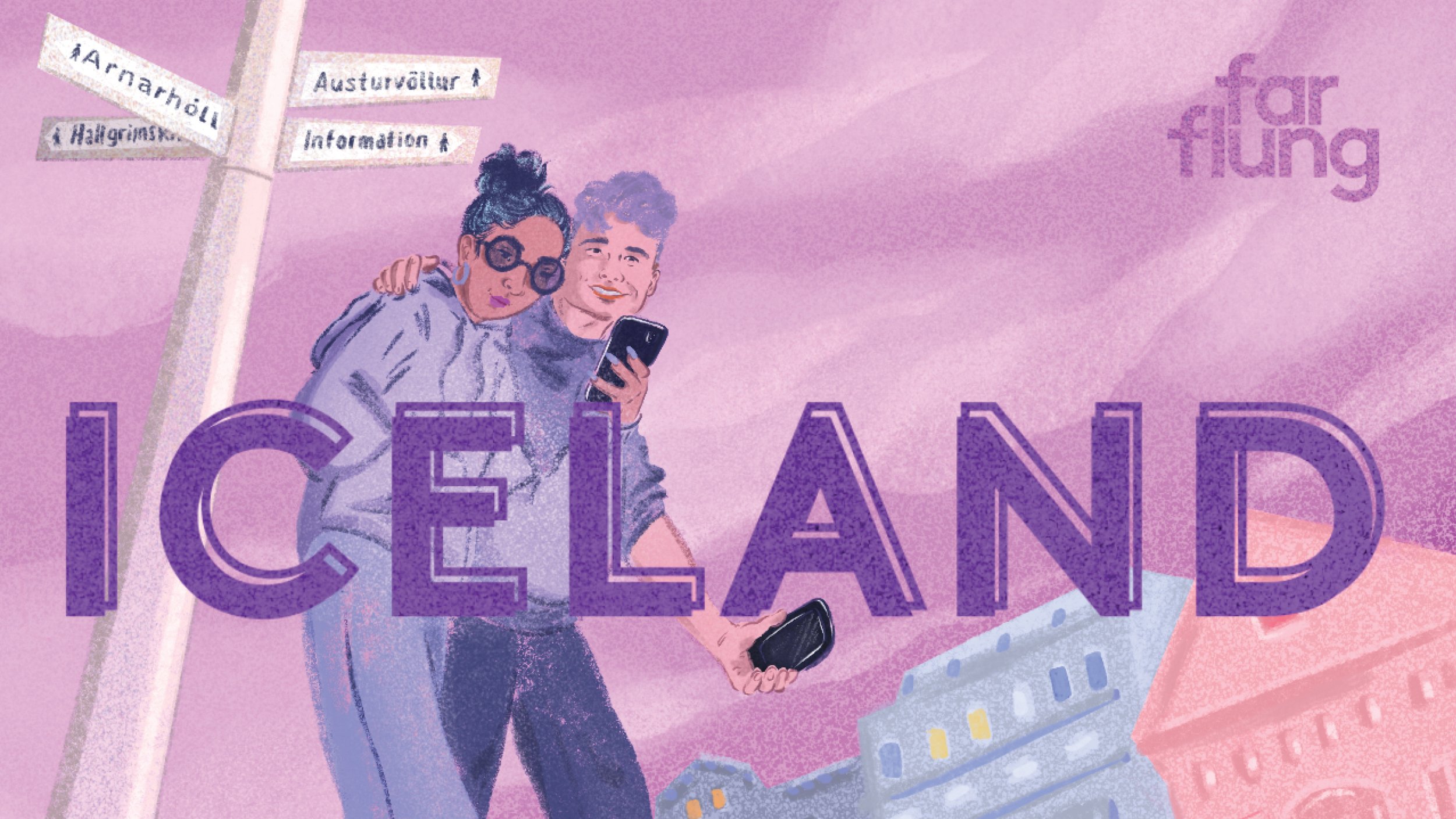
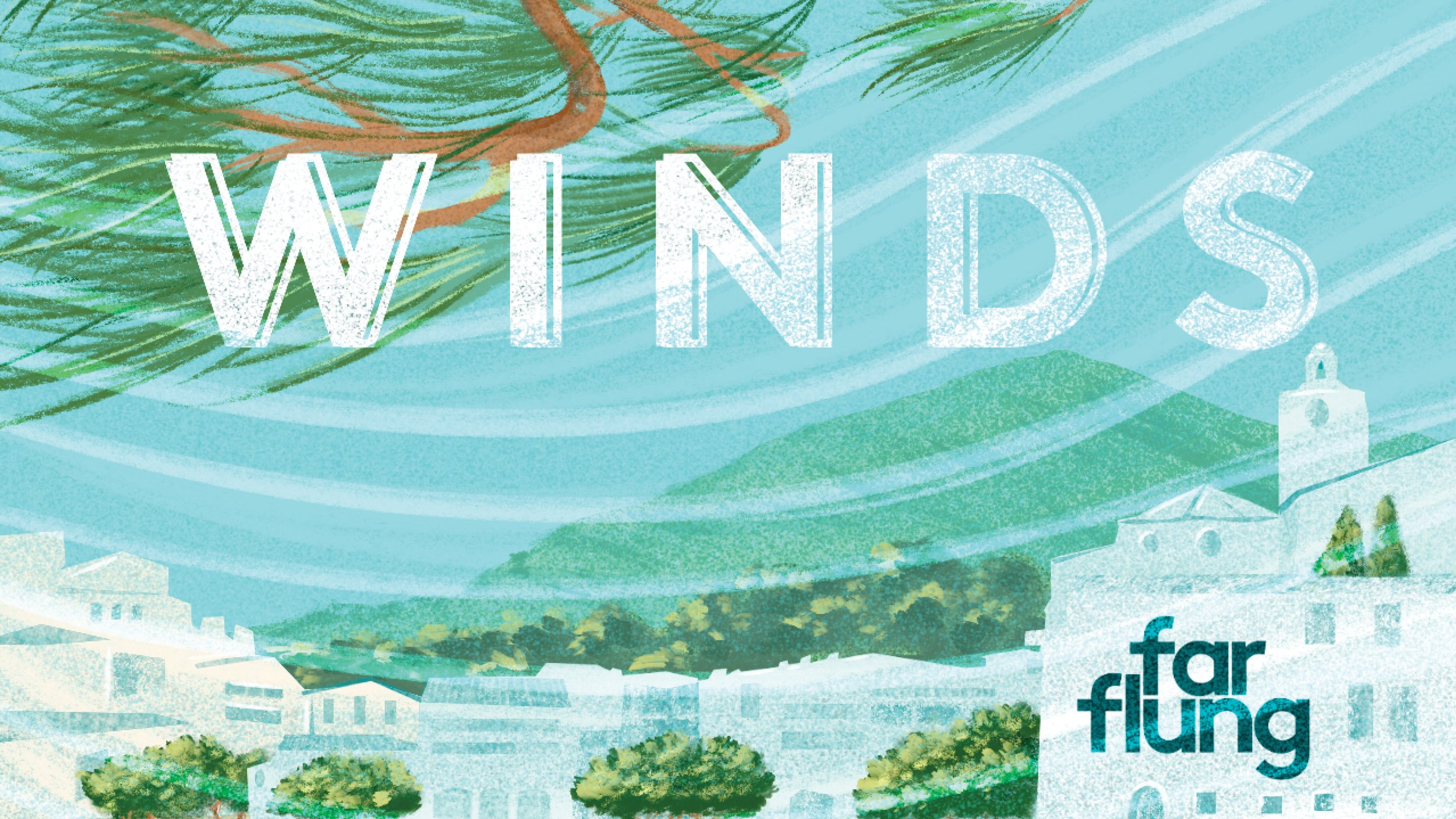
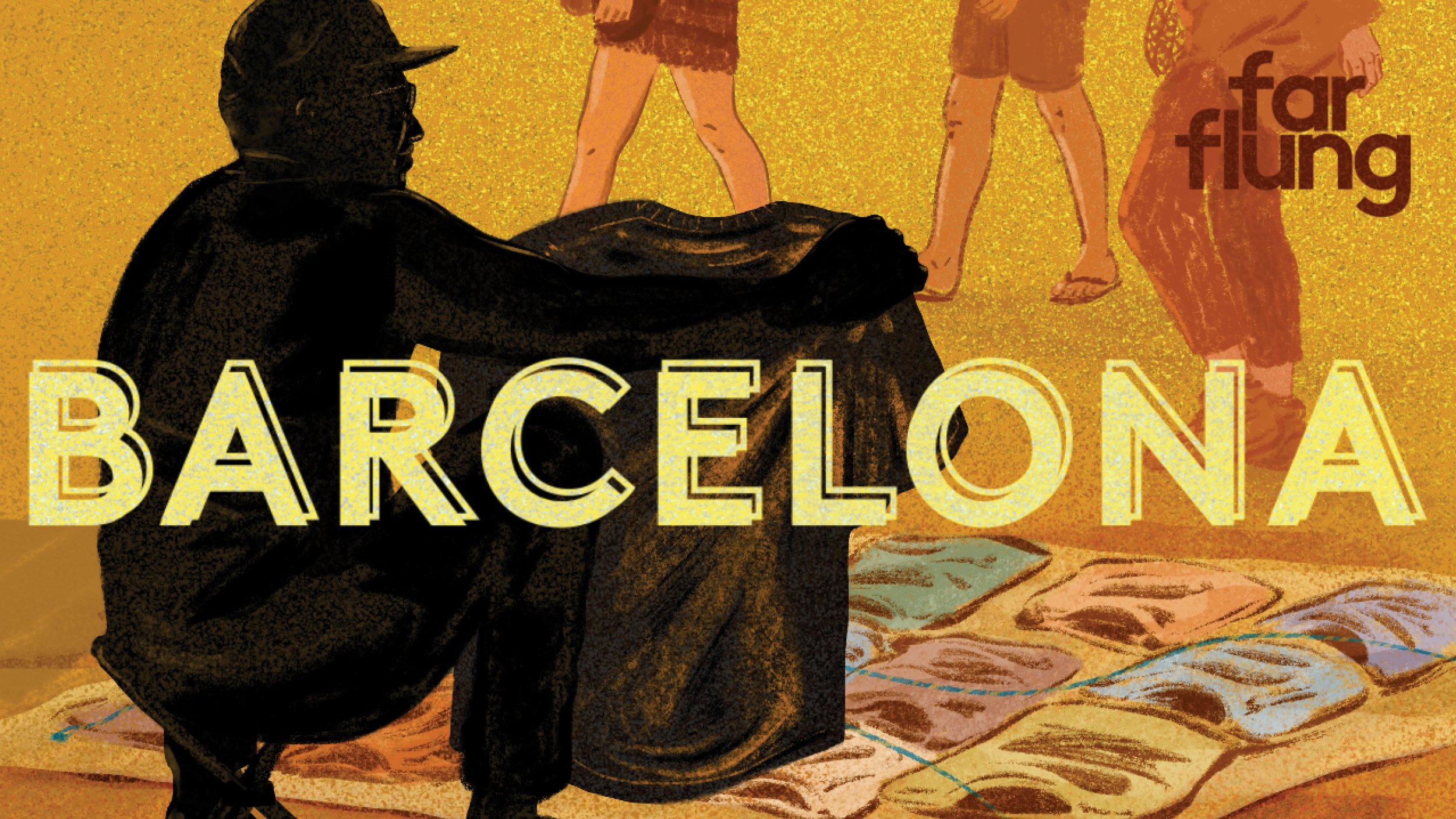
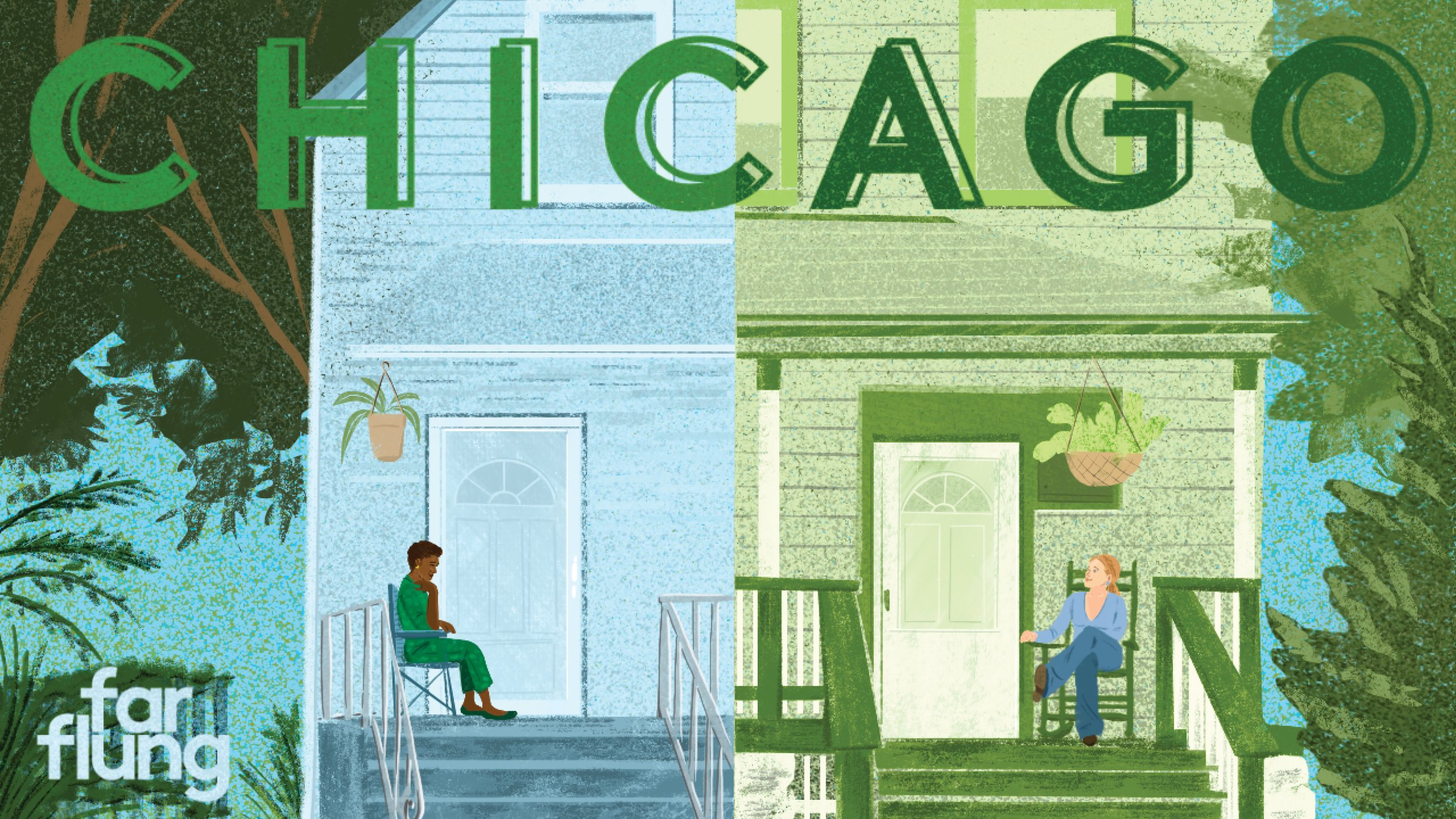

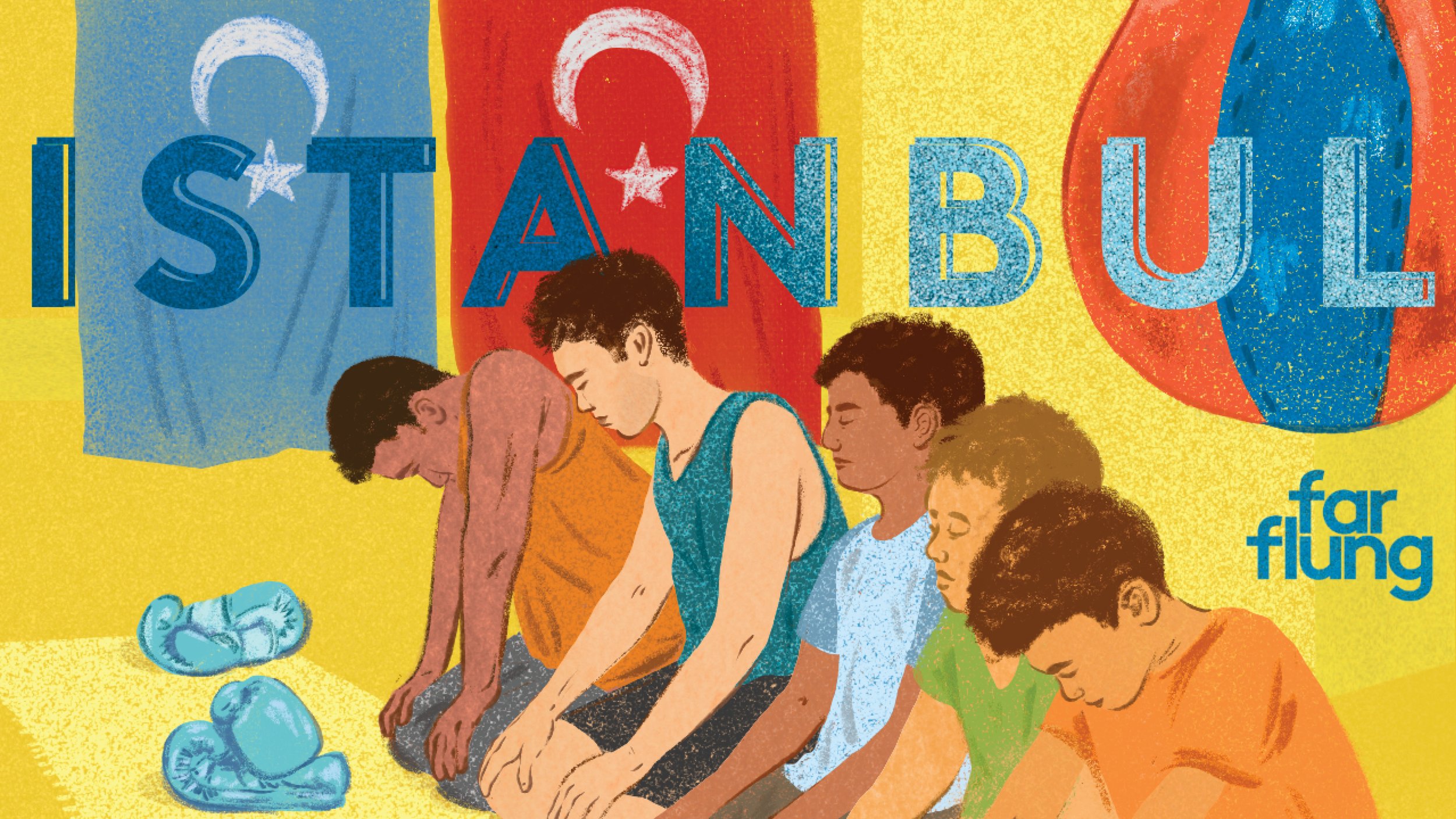
The Metropolitan Museum of Art: Immaterial
Role: Producer, Co-Sound Designer | Production Company: Magnificent Noise
Description: It all begins with a sea creature—a snail called a conch—and the mathematically perfect spiral it transforms into a home, which we humans then put to our lips and play like a trumpet. Throughout time and cultures, conch shells have been used to communicate across great distances, from signaling on the battlefield to connecting with the divine. Hear stories about a jazz musician who plays the conch to connect with his ancestors, why a sacred Incan site way up in the Andes became a ceremonial conch concert hall, and how a conch shell made its way from the depths of the ocean to echoing through the Great Hall of The Met.
School Colors
Role: Editor, Sound Designer | Production Company: Brooklyn Deep
Description: School Colors is a documentary podcast series about race, class, and power in American cities - told through the story of one public school district in Bedford-Stuyvesant, Brooklyn. Produced and hosted by Mark Winston Griffith and Max Freedman. | Press: Featured on NPR’S CODE SWITCH for Black History Month, named one of the best podcasts of the year by The Atlantic, recommended by Vulture / Hot Pod and The New York Times, featured on WNYC’s Brian Lehrer Show
EP 4: AGITATE! EDUCATE! ORGANIZE!
EP 5: THE DISAPPEARING DISTRICT
Bedford-Stuyvesant, Brooklyn is one of the most iconic historically Black neighborhoods in the United States. But Bed-Stuy is changing. Fifty years ago, schools in Bed-Stuy's District 16 were so overcrowded that students went to school in shifts. Today, they're half-empty. Why?
In trying to answer that question, we discovered that the biggest, oldest questions we have as a country about race, class, and power have been tested in the schools of Central Brooklyn for as long as there have been Black children here. And that's a long, long time.
In this episode, we visit the site of a free Black settlement in Brooklyn founded in 1838; speak to one of the first Black principals in New York City; and find out why half a million students mobilized in support of school integration couldn’t force the Board of Education to produce a citywide plan.
In the late 1960s, the Central Brooklyn neighborhood of Ocean Hill-Brownsville was at the center of a bold experiment in community control of public schools. But as Black and Puerto Rican parents in Ocean Hill-Brownsville tried to exercise power over their schools, they collided headfirst with the teachers’ union — leading to the longest teachers’ strike in American history, 51 years ago this fall.
What started as a local pilot project turned into one of the most divisive racial confrontations ever witnessed in New York City. Ocean Hill-Brownsville made the national news for months, shattered political coalitions and created new ones, and fundamentally shaped the city we live in today.
But as the strike shut down schools citywide, Ocean Hill-Brownsville mobilized to keep their schools open — and prove to the world that Black people could educate their own children and run their own institutions successfully. In the process, they inspired a particular brand of defiant, independent, and intensely proud Black activism that would define political life in Central Brooklyn for generations.
In the fall of 1968, New York City teachers went on strike three times, in reaction to an experiment in community control of schools in Ocean Hill-Brownsville, Brooklyn. The third strike was the longest, and the ugliest.
The movement for community control tapped into a powerful desire among Black and brown people across New York City to educate their own. But the backlash was ferocious. The confrontation at Ocean Hill-Brownsville fractured the connection between teachers and families, between the labor movement and the civil rights movement, between Black and Jewish New Yorkers. Some of these wounds have never really healed.
But as the strike dragged on for seven weeks, schools in Ocean Hill-Brownsville were open for business. And for many students there, the experience was life-changing.
In the wake of the 1968 teachers’ strikes, Black people in Central Brooklyn continued to fight for self-determination in education -- both inside and outside of the public school system.
Some veterans of the community control movement started an independent school called Uhuru Sasa Shule, or "Freedom Now School," part of a pan-African cultural center called The East. Other Black educators tried to work within the new system of local school boards, despite serious flaws baked into the design.
Both of these experiments in self-government struggled to thrive in a city that was literally crumbling all around them. But they have left a lasting mark on this community.
Since 2002, the number of students in Bed-Stuy’s District 16 has dropped by more than half. There’s no single reason why this is happening, but the year 2002 is a clue: that’s when Michael Bloomberg became the Mayor, abolished local school boards, and took over the New York City school system.
In this episode, we’ll meet parents trying to reassert collective power and local accountability in District 16 after years of neglect from the Department of Education; parents trying to save their school from being closed for persistently low enrollment; and parents trying to do what they believe is best for their children by leaving the district altogether.
In a Black community that has struggled for self-determination through education for nearly 200 years, what does self-determination look like today?
If you ask most people in Bed-Stuy’s District 16 why they think enrollment is falling, chances are they’ll point to charter schools: privately managed public schools, which have been on the rise in New York City for more than a decade.
Charter schools were originally dreamed up to be laboratories for innovation in public education. Instead, many see them as a threat — competing with neighborhood schools for space, resources, and kids. Is this really a zero-sum game?
In this episode, we talk to parents and educators on both sides of the district-charter divide to explore why charter schools seem especially polarizing in a Black neighborhood like Bed-Stuy, and what the growth of charter schools means for the future of this community.
Gentrification is reshaping cities all over the country: more affluent people, often but not always white, are moving into historically Black and brown neighborhoods like Bedford-Stuyvesant.
But even as the population of Bed-Stuy has been growing in numbers and wealth, the schools of District 16 have been starved for students and resources. That’s because a lot of people moving into the neighborhood either don’t have kids, or send their kids to school outside the district.
In this episode, a group of parents who are new to Bed-Stuy try to organize their peers to enroll and invest in local schools, only to find that what looks like investment to some feels like colonization to others.
Despite New York City's progressive self-image, our dirty secret is that we have one of the most deeply segregated school systems in the country. But with gentrification forcing the issue, school integration is back on the table for the first time in decades. How do we not totally screw it up? And what does this mean for the long struggle for Black self-determination in Central Brooklyn?
We’ve spent a lot of time on the past. In this episode, we look to the future.
United Nations Development Programme (UNDP)
Role: Host, Producer, Sound Designer | 2 Podcast Series
When the way we communicate with each other is ever-changing, it’s easy to feel overwhelmed and lost in translation. So, where do we begin?
Humans of UNDP, from the United Nations Development Programme (UNDP), is a podcast series developed for UNDP personnel around the world.
Feeling seen, heard, and valued, while staying productive, in a digital world is an ongoing, and often overwhelming task. It’s often difficult to find a balance between your personal and professional needs. Join Aitor in Denmark, Marley in Iraq, and Victor in Fiji, in conversation about how we connect, communicate, and creatively adapt to the digital communications challenges that we all face.
In conversation with United Nations Development Programme personnel and experts, we shed light on the best digital communications practices and strategize on innovative ways to develop our voices while getting out of our comfort zones.
Valparaiso University Law School Podcast Series
Role: Executive Producer | Hosted by: WBEZ Reporter Natalie Moore
EPISODES:
Can You Be Fair? A conversation about the need for transparency and accountability concerning racial bias in the judicial system and in ourselves. Valparaiso University Law School Dean Andrea Lyon and Valparaiso students, Jennifer Lee and Mohammad Faraj, discuss the importance of acknowledging the reality of racial bias in the judicial system and how it impacts law and society.
Valparaiso University Law School Professor Geoffrey Heeren and Valparaiso 3L students Mayombo Mbanza and Jeremiah Pangan discuss President Obama’s Executive Actions on Immigration, their impact on citizens and undocumented immigrants, and the firestorm of controversy concerning the action.
Natalie Moore speaks with Valparaiso University Law Professor Geneva Brown and third-year law students, Jessica Sullivan and Andy Stuck, about how the social stigma of domestic violence adversely impacts the justice system’s ability to efficiently and effectively address the issue. The conversation also features commentary from President Obama and Vice President Biden, whose office drafted The Violence Against Women Act of 1994. The dialogue explores how the law can respond to social and cultural understandings of domestic violence, and asks what role lawyers have in shaping how domestic violence is framed, addressed, and ultimately prevented.
Professor Wright discusses The Affordable Healthcare Act with 3L students, Gerardo Paredes and Connor Nolan, and how the politicalization of "Obamacare" elucidates Americans’ diverse perspectives on federal taxes, legacy, and The American Dream.
The Theory of Everything
Episode: Analog Time
Role: Assistant Interviewer, Contributing Research | Theme: Juvenile Lifers, Access to Music In Prison
99% Invisible
Episode 214: Loud and Clear
Role: Contributing Research | Theme: use of cassette tapes in prisons
Sub Pop Records has signed some of the most famous and influential indie bands of the last 30 years, including Nirvana, Sleater-Kinney, The Postal Service, and Beach House. Over time, the stars and hits have changed and the formats have evolved as well, from vinyl to CDs to MP3s. In recent years, however, the label has started releasing new albums on a medium few thought would ever see a comeback: the cassette.
But there's one big user group that never entirely stopped using the old school technology. The United States prison system has the largest prison population in the world and many of its inmates listen to their music on tape. For this group, cassettes aren't necessarily the cheapest or hippest way to listen to music; in some cases, it's the only way.
Hope You See This
Role: Composer | Producers: Benjamin Stillerman + Rachel Winton; Editor: Lindsey Phillips
Hope You See This is about fleeting moments on the NYC subway that lead to Missed Connections posts on Craigslist.
The Waiting
Pitch deck produced for The Marshall Project + PEN America’s Prison + Justice Writing Program







